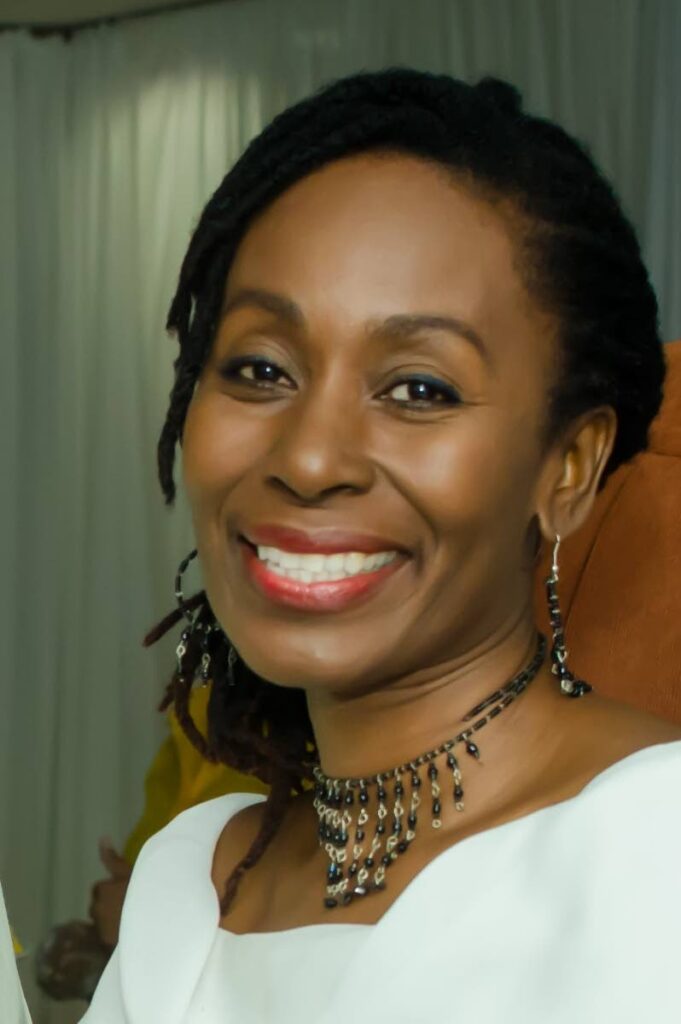Death, life and the spirit of Carnival

Culture Matters
DARA E HEALY
“In the design I tried to represent God and the planets, the creation of the Earth and the immediate solar system. God is beautiful and all that stems from him is beautiful also.”
– Terry Evelyn, designer of Beauty in Perpetuity, 1963
AS MORE people die, the rituals to bury them grow more important. In the midst of pandemic-driven restrictions, we clamour for the right to usher our departed through the next phase of their existence. Almost with a sense of urgency, we look to faith and ancestral traditions to soothe and make sense of our loss.
Similarly, as more Carnival arts practitioners transition – Narrie Approo, Bomber, Zanda, Pamela Gordon – as more of them leave this realm, increasingly we want to know what is happening with Carnival.
In case you are not aware, Carnival is already here; it is already happening. In case you did not notice, the air has changed and the energy in our nation has shifted. The spirit of Carnival does not wait to be announced, legalised or regulated. Like a true spirit, it comes and goes as it pleases.
In this space we naturally exist between spirit realms, between death and life. Not in a linear, covid19 sense, but in an untidy, constantly moving river of consciousness. It is there in the rituals we practise for our deceased. The anointing with water and gentle placement of healing tulsi leaves. Or the washing of the naked body in water reinforced with chandileer leaf, sweet thyme and other healing bush.
It is there too in the Carnival, that crossing over between life and death that we take for granted. For instance, Prof John Stewart has described the gayelle as “a portal, a place to access transcendence,” that is, a place which exists beyond the physical realm.
This description is not surprising when one considers the spiritual preparation that a stickfighter goes through before he enters the ring. There is isolation, prayer, special baths and rituals focused not just on the fighter, but on the stick itself, the bois. There is also abstinence from sexual activity, alcohol intake or any form of excess. And there is faith.
In essence, the fighter undergoes a ritual of purification to enhance discipline and self-awareness, but additionally, to connect with ancestral energies for guidance and success.
An exploration of other traditional masquerades will reveal similar ritual preparations before putting on their costumes or portraying any aspect of the mas. Whether jab jab, black Indian or jab molassie, there is an acute awareness that the mas they portray is connected to forces beyond what we can see.
We often forget (or are we not taught?) that these elements of today’s Carnival were practised even in the pre-emancipation era. Research has dispelled the narrative that the former enslaved were given “permission” by Europeans to practise their African traditions only after emancipation. Prof Liverpool has documented recollections by elders who confirm that “long before 1838, stickfights occurred on the estate accompanied by kalenda songs and dances.” The enslaved masked their traditions in work songs, dances and burial rituals such as wakes.
After emancipation, other ancestral traditions permeated the masquerade. Gatka, ancient East Indian martial arts practised deep in communities, indigenous ancestral masquerade as seen in the fancy Indian and the complex dragon portrayal which delved into the “underworld” and made polite society uncomfortable.
Still, as Carnival became more centrally organised and controlled, there were repeated calls for “respectability,” perhaps to make the celebration more like the European “pre-Lenten carnival replete with masquerade balls, affirming class and status in its well-behaved elegance…” And for a time, it seemed like we felt comfortable enough to describe Carnival as a national festival.
However, as early as 1963 Derek Walcott lamented that the “satiric sting has gone out of the old mas’ costume, since it lacks enemies.” It seems that our desire to remove ritual, ancestral belief and warriorhood may have gone too far. We sanitised the masquerade to make it acceptable, perhaps, diminishing its soul. The 1970s stirred the warrior spirit of the mas again, but that is for another time.
We gather at the waters of Mama Yemoja, Ganga Mai or other sacred place to pay homage to those who have passed and to honour those who will receive them. These rituals are at the core of our beliefs and in many aspects are the foundation of our national festival. When will we be comfortable enough with our rituals? When will we make peace with the spirit of Carnival?
Dara E Healy is a performance artist and founder of the Indigenous Creative Arts Network – ICAN


Comments
"Death, life and the spirit of Carnival"